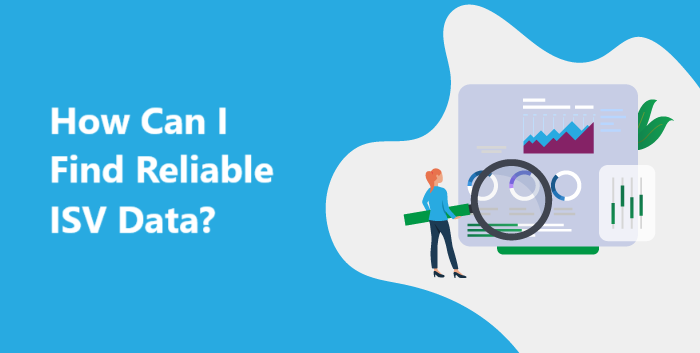Whether you are looking to generate end-user leads or build your pipeline of potential ISV-OEM partners, reinventing sales pitches means putting forth a consistent and concerted effort. The language you use needs to be relevant to your target audience; staying up on industry trends is, therefore, a must.
One of the traps I see salespeople fall into all the time when creating pitches, however, is to get too product-specific when they haven’t yet taken the time needed to get to know their prospect. I’ve come up with an analogy to help visualize what I mean:
Let’s say you are a customer and you walk into a store. If the salesperson came up to you and said, “Are you looking for a purple dress with pink stripes in a size extra small?” you would very likely say NO, I’m not interested.
However, if the seller said, “How can I help you today, are you in need of some clothes?” You would most likely say YES. At the start of a conversation with a prospect, we do NOT have to get technical or go into great detail giving an explanation about the product. That would be equivalent to clothes sales person started giving you an inventory of every item of clothing in the store as a way of getting you interested to have a look inside- if they did that you would probably run in the opposite direction!
While focusing on a niche area can help your pitch stay relevant to your audience, getting too narrow may cause you to lose out on potential opportunities.
Here are some other tips to get you started on improving your B2B software sales approach.
Tip #1: Less is More
I get about a dozen sales pitches a day from people over email and LinkedIn where the ENTIRE VALUE PROPOSITION is listed out in an endless message that goes ON AND ON. It makes me go nuts! AND it defeats the purpose. Pitching is a PROCESS. Which means building on it from one message to the next. Messages should be short, to the point, and end with a super clear call to action. Rambling on and on about all the great things your solution can do (which may be totally irrelevant for me), is not adding to the conversation. Take one piece of your value proposition and highlight that in your first message. Take another piece in your second message, and your third, and so on. Having your messages built on top of each other will help nurture your prospects over time. It doesn’t matter if they don’t respond to the first message because each subsequent message you send is like planting seeds.
I equate this to believing you are going to get a new job just because you send someone your resume. No one I know has ever gotten a job because they sent out 1 resume to an employer. The purpose of the resume is to grab the employer’s attention so that they call you in for an interview. The same thing is true with lead generation. Thinking that ONE message is going to get you a sale is a mistake. In fact, most of the time, prospects answer after the fifth message they receive! So how can you incite curiosity on the part of your prospects so that they want to know more about your offer? That is the purpose of pitching.
Tip #2: Think of Yourself as a Gardener
Speaking of planting seeds… No one ever gets mad at a plant for not growing faster. You don’t yell at a seed in the ground to get it to turn into a tree. You don’t dig up the seed every few days to see what’s going on either. And yet we all get frustrated when our sales pitches are not getting prospects to convert faster. This is why we are so often missing the point. When you think of yourself as a gardener planting seeds, all you have to do is water your plant and have faith that it to grow. And it will grow- it’s just a matter of time and nurturing. With prospects, this means regularly reaching out to find more ways to provide them with value. Sending them highly relevant pieces of content (eBooks, case studies in their industry sector, webinar invitations…) for example is a great way to keep the conversation moving forward. If you tend to your garden, your flowers will bloom and your trees will bear fruit. Again, just remember: it’s a process.
Tip #3: Use Humor
Nothing breaks the ice better with a new prospect than to bring humor, fun, and humanity into the conversation. Being a person (and not a robot reading a script or copying and pasting prefabricated cookie-cutter email messages that are blasted out to hundreds of people), being fun-loving, and showing interest in your prospect will help open the door to an interesting discussion. Of course, you don’t need to be a stand-up comedian to get someone to laugh, but making a small joke about something relatable can be a way of initiating a conversation on the right foot. If you can get your prospect to smile, you are more than halfway to getting a lead. Stepping into your prospects’ shoes to understand what makes them tick will help you get better at using humor to open doors.
Conclusion
Sales pitches are not something you create once and then you’re done. They need to constantly evolve to keep up with the times to stay relevant. Grabbing the attention of your prospects takes effort and the way to do that is by getting comfortable with experimentation. Knowing your buyer personas inside and out will help you craft pitches that resonate with them. Having various angles of attack to come from will help you tailor each pitch so that you can send multiple messages over time without copying and pasting the same (generic) one.








